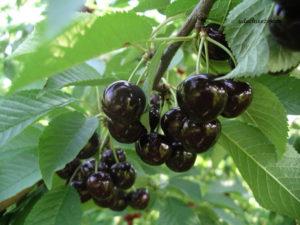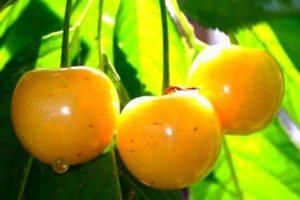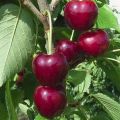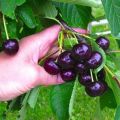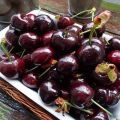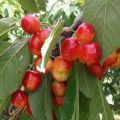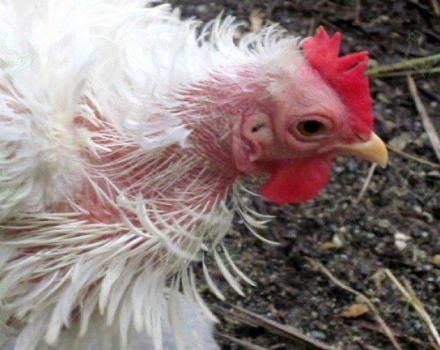Description and characteristics of the sweet cherry variety Bull heart, cultivation and care
The sweet cherry variety, called Bull's Heart, was developed by Soviet scientists for the Caucasian and southern regions of the USSR. Over time, fruit trees began to be cultivated in the regions of the Black Earth Region and central Russia. The variety fell in love with domestic gardeners for its large size and pronounced taste of berries.
Description and characteristics of the variety
The height of an adult tree varies from three to five meters. Large, pointed at the end of the leaves, are painted in dark green. The intensive growth of the seedling slows down by the fourth year. At this time, a pyramidal thin crown with strong skeletal branches is fully formed, fruiting begins.
Clearances in the foliage are provided for the convenience of insect penetration to the inflorescences, consisting of 2-4 saucer-shaped flowers of white color. The description of the variety includes the budding period, which in the Bull's Heart begins closer to mid-May and ends in a week or one and a half.
The berries of a fruit tree are similar in color and shape to the heart of an ox, therefore the second name of the culture is the Wolf's heart. Fruit size 7–10 mm, dark wine color, lighter flesh. The taste is sweet, with a piquant sourness, it can change depending on the number of sunny days per year, the correct care. Separation of the bone is difficult.
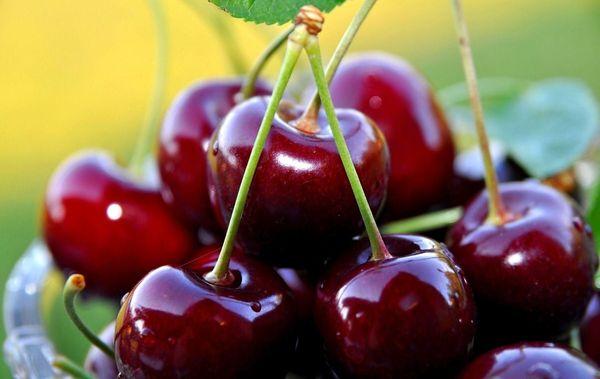
In fruitful years, up to 50 kg of berries are harvested from one cherry tree of the Bull Heart variety, used fresh and canned. Even after heat treatment, the fruits retain some of the vitamins C, PP, group B, macro and microelements. The berries ripen unattended, harvesting begins from the first days of summer and lasts until the end of June. If you are late in harvesting, they will not fall off immediately, but gradually dry out on the stalk.
Pros and cons of cherries
The Bull's Heart cherry variety has been recognized for its sweet and sour taste and outstanding size. The virtues of culture do not end there.
The following characteristics are attractive to gardeners:
- frost resistance during preparatory measures;
- short-term drought resistance;
- yield;
- easy separation of berries from the stalk;
- high resistance to coccomycosis affecting other varieties of cherries and cherries.
The disadvantages include the short shelf life of fresh cherries, the impossibility of transportation over long distances. Sweet cherry does not tolerate waterlogging of the soil and sudden temperature fluctuations, which is reflected in the cracking of the peel.

To avoid yield losses, berries are eaten fresh or cooked immediately after harvest.
Features of growing a tree
For the formation of the fruit ovary, pollinators are planted next to the cherries - other varieties blooming at the same time. For these purposes, cherry Tyutchevka, Ovstuzhenka, Iput, located at a distance of no more than 4 m from the Bychie Heart variety trees, are suitable.
For fruiting, the culture needs a sufficient amount of sunny color, a suitable place for planting - the southern side of the local area or summer cottage. Eliminate the proximity of tall trees that create shade.
Cherry does not like excess groundwater, heavy or sandy soils.
Landing dates
The grafted culture is best planted in the spring before sap flow. Favorable warm weather increases the chances of good survival and further growth of cherries. If the deadline is missed, prepare the land for autumn planting. In order for the seedling to take root before the onset of frost, forecasters are monitored, an agrotechnical measure is prescribed at least three weeks before a sharp cold snap.

Some gardeners prefer to plant in the fall, as the trees are stronger and more resilient at this time of year. In any case, they loosen, fertilize the ground, prepare a winter covering material.
Pit preparation
So that the soil has time to settle, a hole is dug in the fall or three weeks before planting the Bull's heart cherry. The diameter and depth are the same - 60 cm. If a seedling with a powerful root system, then the hole is increased in breadth. Usually 80 cm is enough. Drainage from scrap materials is organized at the bottom. Stones, fragments of brick, slate will do. Next, a strong support for the seedling is hammered into the ground. The excavated top fertile layer of earth is diluted with organic matter, mineral fertilizers, and poured back. If the soil is heavy, add sand. There is no need to tamp the soil, it will settle on its own.
How to plant cherries Bovine heart
Saplings are purchased in large, proven nurseries. Pre-examine, rejecting frail specimens with diseased or deformed branches.
If the root system of the cherry has dried up during transportation, to revive it, the tree is placed in a basin of water for at least 8 hours. When planting, they maintain a distance between crops of 3.5–4 m. With a closer placement, trees in a few years will begin to experience a lack of nutrients. The great remoteness of sweet cherry varieties from each other leads to insufficient pollination, a decrease in yield.

The seedling is lowered into the prepared hole so that the root collar rises 5 cm above the ground. If you neglect this rule, then new shoots will go from the root, which is unacceptable when growing varietal sweet cherries.
The root is covered with a mixture of earth, mineral fertilizers, sand and peat gradually, periodically compacting the soil so that voids do not form. After planting, the tree is tied up, a bucket of water is poured under it. To reduce evaporation, mulch with peat, grass. The best rooting, correct formation of the crown is facilitated by pruning the lateral branches by ¼ of the length.
Subtleties of care
To obtain a consistently large harvest, the gardener must know the characteristics of the Bull's Heart cherry variety, the subtleties of carrying out agrotechnical work to care for the crop.
Watering
Young trees are watered more often - monthly in the amount of 20–30 liters, adults as needed, depending on the frequency of rain. On average - 3-5 times per season. The need for moisture increases in the heat of the summer. Excessive watering leads to cracking of the peel of the berries, rotting of the roots.
The next day after the soil is moistened, loosening is carried out to a depth of 5–10 cm, opening the access of oxygen to the roots.

A young sweet cherry of the Bull Heart variety is enough for three buckets of water, a tall culture needs up to 10 buckets, depending on the size.
The most abundant watering is in the fall before wintering. If the soil is moistened to a depth of up to a meter, the frost resistance of fruit trees will increase, the soil will freeze less.
Watering is desirable with warm, settled water, and not cold water from a hose.
Top dressing
When feeding, moderation is observed, since the Bull Heart cherry variety is not picky about fertilizers, in contrast to moisture.
Organic matter is enough for the first 3 years after planting, if the pit was prepared according to the rules. Foliar fertilizers are applied using a sprayer, starting from the second year, in the evening or in cloudy weather.
After introducing dry formulations or solutions by the root method into the periosteal circle, watered the sweet cherry.

Fertilizers are used from spring to mid-summer.
Before bud break, Bordeaux liquid is used, before budding - urea (30 g per 10 l), ammonium nitrate (20 g per 1 sq. M.). Cherries over four years old are required during flowering a bucket of infusion made from 1 kg of mullein, 1 tbsp. ash and 10 liters of water.
After harvesting, phosphorus-potassium fertilizers are applied under the tree. Add 3 tbsp to a bucket of water. l. superphosphate or 2 tablespoons of potassium sulfate.
Crown formation
It is recommended to prune the branches of the sweet cherry. Bovine heart for crown formation is recommended for the first three years after planting. Later, pruning is needed twice a year in order to get rid of rotten, diseased shoots, and the growth of new branches.
For stable fruiting, up to nine branches in the lower tier of the crown are enough, three shoots in the upper one.
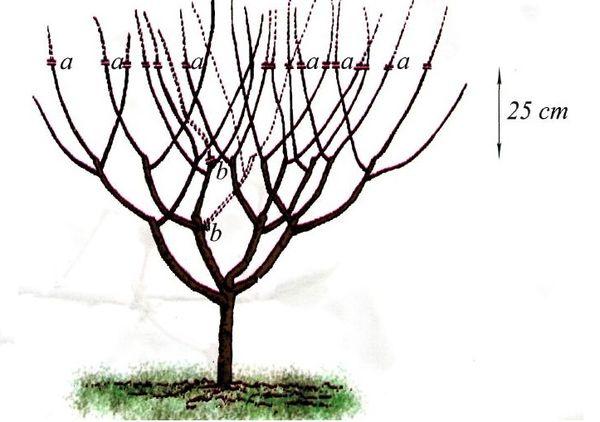
The procedure for pruning skeletal branches begins in the spring after the end of the frost, with the beginning of the movement of juices. During this period, the wounds heal faster, the crown is clearly visible. When the cherry blossoms, remove the upper parts of young shoots if their rapid growth interferes with the correct formation of the crown.
After harvesting the fruits, a second summer pruning is carried out. They get rid of extra branches, shorten the regrown shoots by 10 cm.
Autumn sanitary pruning is carried out no later than September. Otherwise, before the onset of cold weather, the sweet cherry Bull heart will not have time to recover, and the wounds will heal.
In the first year, it is recommended to shorten the central trunk at a height of 50–70 cm, counting at least six buds from below. The stem is formed exclusively in the spring.
In the second year, the branches of the lower tier of the crown are formed, at the same time the trunk is cut, leaving 3 buds for the growth of lateral branches.
In the third year, the upper tier is formed and the trunk is shortened. Excess growth is removed.
Preparation for wintering
Preparation for the cold weather of the Bull Heart variety begins in the fall:
- feeding the tree with humus;
- to prevent the roots from freezing, watered abundantly;
- the trunk circle is loosened to a depth of 10 cm;
- mulch the soil with peat, dry grass;
- whitewash the stem.
In regions with colder climates, young trees are completely covered, and adult cherries are partially covered.
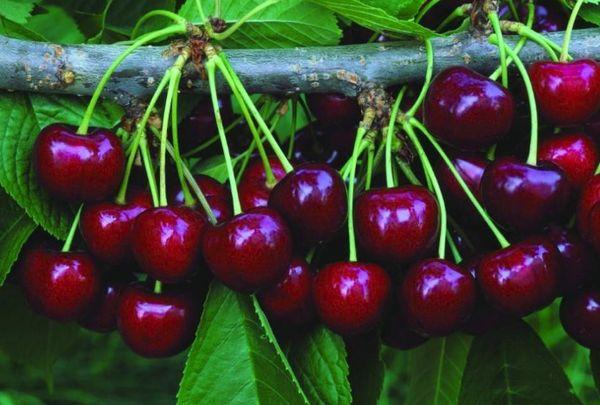
The branches are compactly tied; a conical or cylindrical frame is constructed from the stakes in a circle. A covering material is pulled over the structure - burlap, agrofiber, plastic wrap. Earth is poured along the bottom of the frame. For undersized trees, ready-made decorative caps made of spunbond are suitable.
Diseases and their treatment
Diseases of the sweet cherry variety Bull Heart are divided into fungal, bacterial and non-infectious. Fungal include:
- clasterosporium, which forms holes in leaves, buds, inflorescences;
- gray rot, similar to leaf burn;
- verticilliasis, from which the bark of young trees bursts.
Measures to combat mycoses on cherries include digging up the earth, removing diseased branches and areas of bark, treating the tree with one percent copper sulfate until the buds swell.After the leaves appear, the trunk and crown are sprayed with Bordeaux liquid (100 g per 10 L of water). The procedure is repeated after flowering and harvesting.
The bacterial disease cherry cancer is characterized by the appearance of ulcers on the trunk, from which gum flows, drying out of leaves and fruits.
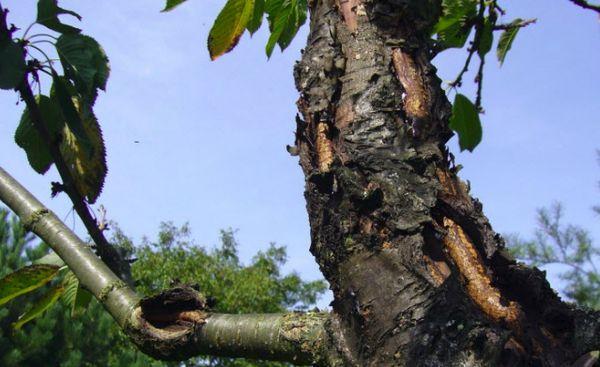
Bacteriosis is not cured. The diseased trees are removed and burned.
Excess nitrogen in the soil, frost, improper use of growth stimulants are the reasons for excessive gum leakage. The bark in the areas of the trunk where the resin-like substance is observed is removed. A healthy layer of wood is treated with copper sulfate, garden pitch. Henceforth, the reasons that cause cherry gommosis are excluded.
The proximity of groundwater, a large amount of limestone, manure and potash fertilizers in the ground cause chlorosis, which manifests itself in lightening the color of the foliage. A solution of potassium permanganate (1 tablespoon per 10 liters of water), poured under the root, helps.
Pest control
The Bull Heart sweet cherry variety is attacked due to unfavorable weather conditions, non-compliance with the rules of care.

The main insect pests and how to control them:
- Hawthorn
The butterfly lays eggs, which after 2 weeks turn into caterpillars that feed on the leaves of the fruit tree. Spraying the cherries with a urea solution will help get rid of the pest.
- May beetle larvae
The beetles gnaw at the roots, causing growth inhibition and drying of the cherries. It is recommended to soak the seedlings in the Antichrushch remedy before planting, annually apply the solution to the peri-stem circle.
- Cherry fly
The insect feeds on the pulp of berries, forming putrefactive processes. Get rid of insects by spraying insecticides - Karbofos, Holon.
- Bud weevil
All parts of the cherry are eaten by the pest, starting with the roots, ending with the buds, flowers, bark of the trunk, branches. To combat the omnivorous insect in early spring, a "trapping belt" of paper with a glue layer, fixed on the trunk, is installed. When the sweet cherry variety Bull Heart fades, the device is removed and disposed of.
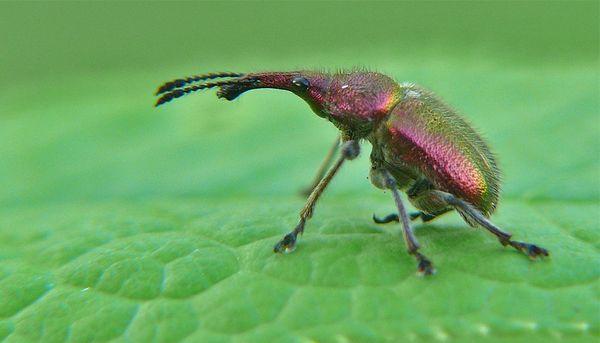
To combat insect pests, cherries are treated with fungicides from spring to autumn - Bordeaux liquid, iron vitriol.
The birds that live within the city and in summer cottages love to feast on juicy berries. The best way to save the harvest is to use ultrasonic devices.
Gardeners protect themselves from rodents eating the bark of the Bull Heart variety by scattering the poison around the tree, tying the trunk with spruce branches.
Harvesting and storage of crops
The crop is removed as it ripens. The berries are harvested by hand with a stalk when harvested for the winter and without it when used fresh. Another way of collecting is to cut off part of the stem with the berry with garden shears, special devices on a telescopic handle.
Cherry fruits of the Bull Heart variety are not subject to long-term storage, they are easily damaged when pressed on the peel, so it is more advisable to use scissors.
First of all, large juicy wine-colored berries are removed from the tree from the upper branches located on the south side.
